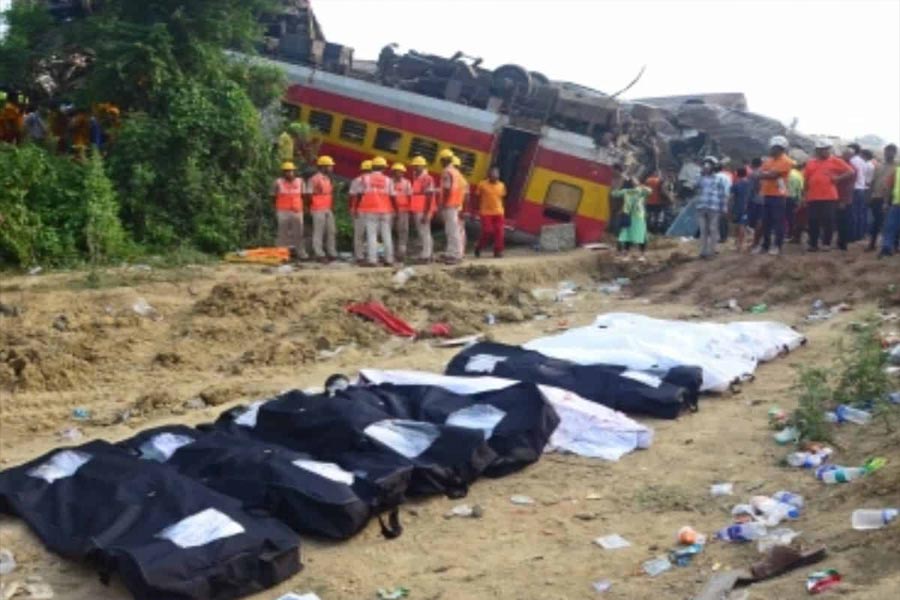New Delhi: The Railways is using an artificial intelligence-powered website and SIM card triangulation to identify the unclaimed bodies of the Odisha three train crash victims.
Of the 288 people killed in the accident on June 2, as many as 83 bodies remained unclaimed as of Wednesday, officials said. The Railways initially called a team from the Unique Identification Authority of India (UIDAI) to the site to take thumbprints of the dead to ascertain their identity.
“That did not work out since in most cases the skin of the thumbs were damaged and prints were difficult to take. Then we thought of identifying the bodies using Sanchar Saathi which is an AI-based portal,” an official said.
The recently launched Sanchar Saathi web portal was put to use to identify 64 bodies and it was successful in 45 cases, officials said.
Sanchar Saathi allows customers to know the mobile connections issued in their name and also track and block their lost smartphones. This artificial intelligence-based portal was recently launched by Railway Minister Ashwini Vaishnaw who also holds the information and technology portfolio.
To identify the bodies of the train accident victims, the portal traced the victims’ phone numbers and Aadhaar details using their photographs. Following this, their family members were contacted, officials said.
However, it was an uphill task as many of these bodies were beyond recognition.
“Some have no identifiable features left. It is difficult to identify them even from their clothes since they are caked with blood,” an officer said.
Railway officials are also hoping to identify some bodies by using cellphone impressions around the accident sites.
By tracing calls made through nearby towers just before the accident and linking them to those which shut down immediately at the time of the crash, the Railways is trying to figure out if they belonged to the unidentified victims.
“We are trying to trace phones which were active just before the accident and shut down as soon as it happened.
“So far, out of the 45 unclaimed bodies we are trying to trace through this method, we found 15 phones which were switched off but those were of survivors. We are still trying to trace the other 30,” an official said.
The Railways made mammoth efforts to complete its rescue and restoration work in 51 hours. The ministry deployed eight teams, each comprising 70 personnel and headed by an officer for the operation. DRMs and GMs supervised four teams each.
Five cameras transmitted live to Rail Bhawan where it was monitored from the war room. The teams and officers did eight-hour shifts and took adequate breaks, officials said.
The ministry claimed that the 51 hours taken to restore the affected section was less than the time taken in Greece where officials took five weeks to restore the tracks following a collision between a passenger train and a freight train on February 28 this year.
It took 24 days for officials in Germany’s Hannover to complete the restoration work following a collision between two goods trains in 2022. Taiwanese officials took 17 days to complete restoration work following a train derailment in the Qingshui Tunnel of Hualien County, the railway ministry said.
